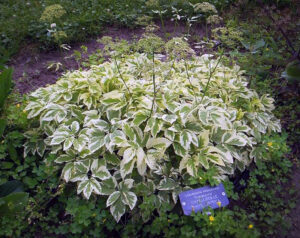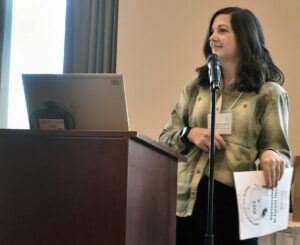 The boundaries of the Northeast, East Central and North Central DNR Urban Forestry regions will be altered at the end of April to balance workload across the regions better. The changes are:
The boundaries of the Northeast, East Central and North Central DNR Urban Forestry regions will be altered at the end of April to balance workload across the regions better. The changes are:
- Winnebago, Fond du Lac and Green Lake counties are moving from the Northeast to the East Central region.
- Waushara and Marquette counties are moving from the Northeast to the North Central region.
- Forest and Florence counties are moving from the North Central to the Northeast region.
The map included below reflects these changes and will be available on the Urban Forestry Contacts webpage after the changes take effect.
Continue reading “Upcoming Changes To Three Urban Forestry Regions”

 The first Arbor Day celebration was held in Nebraska in 1872. More than 150 years later, Arbor Day is celebrated in all 50 states and in many countries around the world. This year, Arbor Day will be observed in Wisconsin on Friday, April 26. Below are ways you can celebrate, educate and care for trees in your community.
The first Arbor Day celebration was held in Nebraska in 1872. More than 150 years later, Arbor Day is celebrated in all 50 states and in many countries around the world. This year, Arbor Day will be observed in Wisconsin on Friday, April 26. Below are ways you can celebrate, educate and care for trees in your community.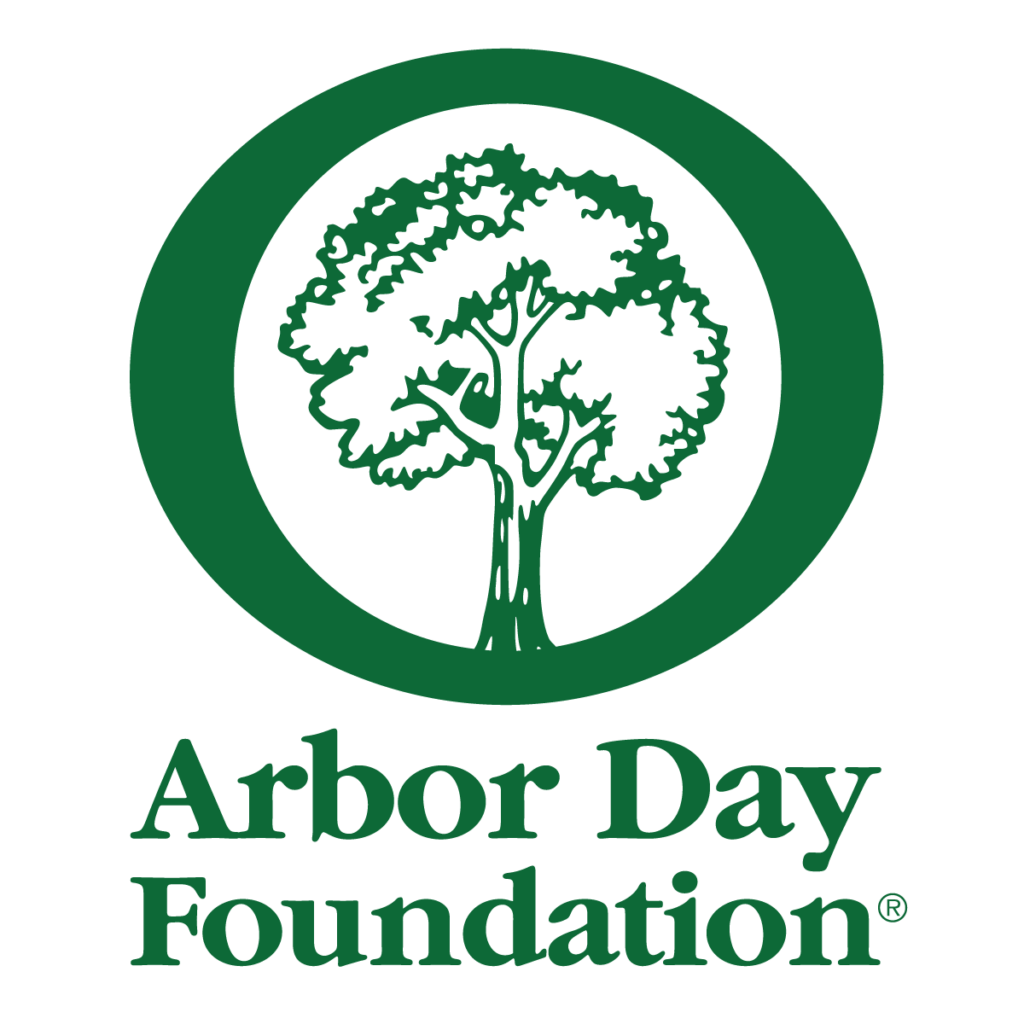 For the last few years, our urban forestry team has been writing social media posts for Wisconsin communities to post during Arbor Week. We encourage you to use social media to celebrate the many benefits of trees and inform the public about the importance of tree care.
For the last few years, our urban forestry team has been writing social media posts for Wisconsin communities to post during Arbor Week. We encourage you to use social media to celebrate the many benefits of trees and inform the public about the importance of tree care.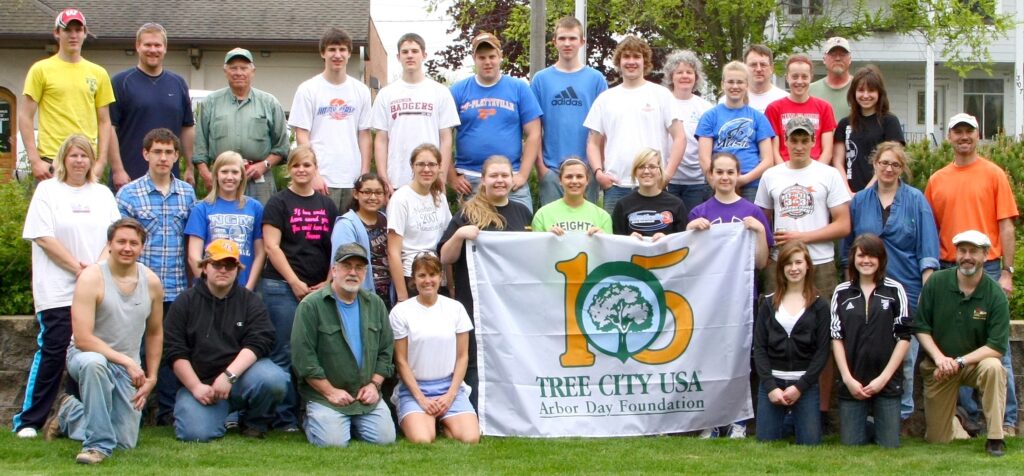
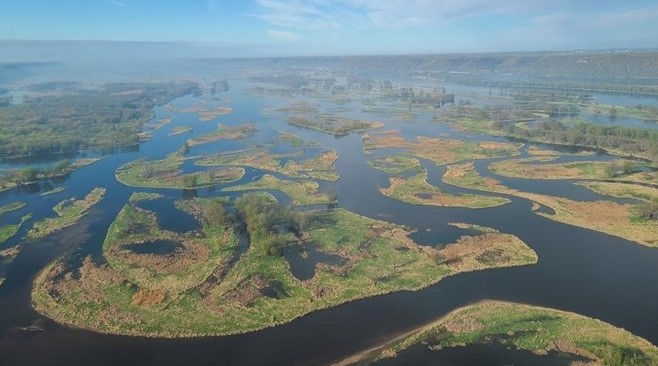 The Wisconsin Climate and Health Collaborative, a group of climate and health professionals from across the state working to create a healthier climate, people and communities through local action, wants to learn from you and your community! Take this short
The Wisconsin Climate and Health Collaborative, a group of climate and health professionals from across the state working to create a healthier climate, people and communities through local action, wants to learn from you and your community! Take this short 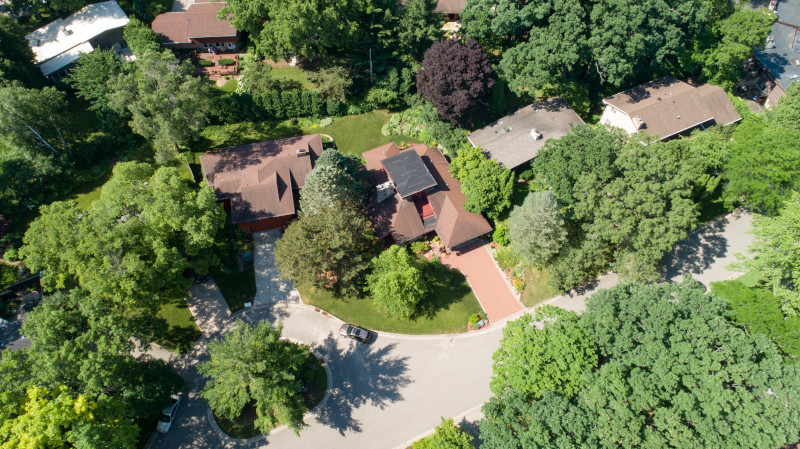 The University of Massachusetts Amherst is bringing back its Urban Forestry Today’s Summer Tree Summit, kicking it off with a discussion of how to define environmental justice in the context of urban tree canopy cover and urban forest management. Join Dexter Locke from the USDA Forest Service as he explains these important terms and concepts and their practical ramifications for urban foresters and residents.
The University of Massachusetts Amherst is bringing back its Urban Forestry Today’s Summer Tree Summit, kicking it off with a discussion of how to define environmental justice in the context of urban tree canopy cover and urban forest management. Join Dexter Locke from the USDA Forest Service as he explains these important terms and concepts and their practical ramifications for urban foresters and residents.